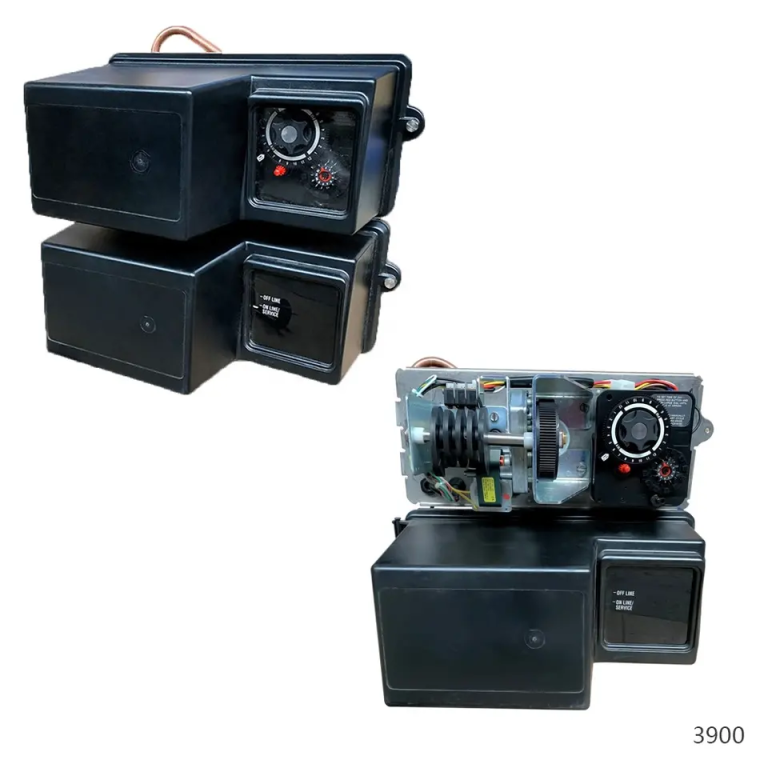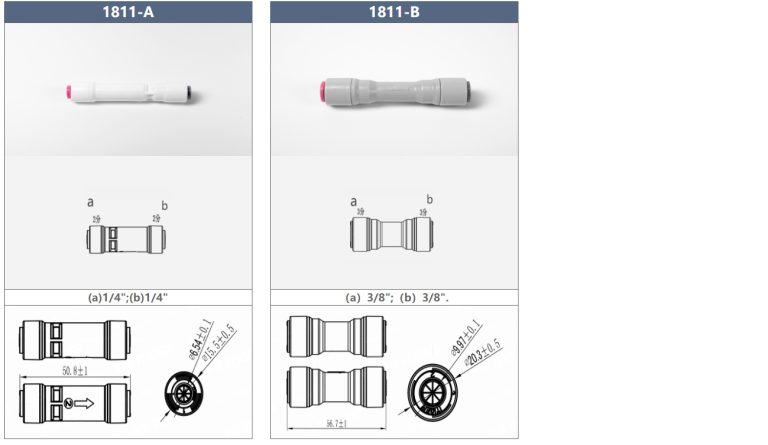Pure, clean water straight from nature’s own filtration system.
Origins of Reverse Osmosis Water
Reverse osmosis water has become increasingly popular in recent years due to its purity and cleanliness. But where does this type of water actually come from? To understand the origins of reverse osmosis water, we must first understand the process of reverse osmosis itself.
Reverse osmosis is a water purification process that uses a partially permeable membrane to remove ions, molecules, and larger particles from drinking water. This process works by applying pressure to the water, forcing it through the membrane and leaving behind contaminants. The result is clean, pure water that is free from impurities.

The water used in reverse osmosis systems can come from a variety of sources. One common source is tap water, which is often treated with chemicals such as chlorine to kill bacteria and other harmful microorganisms. While tap water is generally safe to drink, it can still contain trace amounts of contaminants that may affect its taste and quality.
Another source of water for reverse osmosis systems is well water. Well water is drawn from underground aquifers and may contain minerals and other impurities that can affect its taste and quality. By using a reverse osmosis system, these impurities can be removed, resulting in clean, pure water that is safe to drink.
Some reverse osmosis systems also use seawater as a source of water. Seawater is abundant and readily available, but it contains high levels of salt and other minerals that must be removed before it can be consumed. Reverse osmosis systems are able to remove these impurities, producing clean, fresh water that is suitable for drinking and other uses.
In addition to tap water, well water, and seawater, reverse osmosis systems can also be used to purify wastewater. Wastewater is water that has been used in various processes and contains contaminants that must be removed before it can be reused or discharged into the environment. By using a reverse osmosis system, wastewater can be treated and purified, making it safe for reuse or disposal.
Overall, reverse osmosis water can come from a variety of sources, including tap water, well water, seawater, and wastewater. Regardless of the source, the process of reverse osmosis is able to remove impurities and contaminants, producing clean, pure water that is safe to drink and use for various purposes.
In conclusion, reverse osmosis water is a popular choice for those seeking clean, pure water. The origins of reverse osmosis water can vary, with sources including tap water, well water, seawater, and wastewater. Regardless of the source, reverse osmosis systems are able to remove impurities and contaminants, producing water that is safe to drink and use. Whether you are looking to improve the taste of your tap water or purify wastewater for reuse, reverse osmosis water is a reliable and effective solution.







